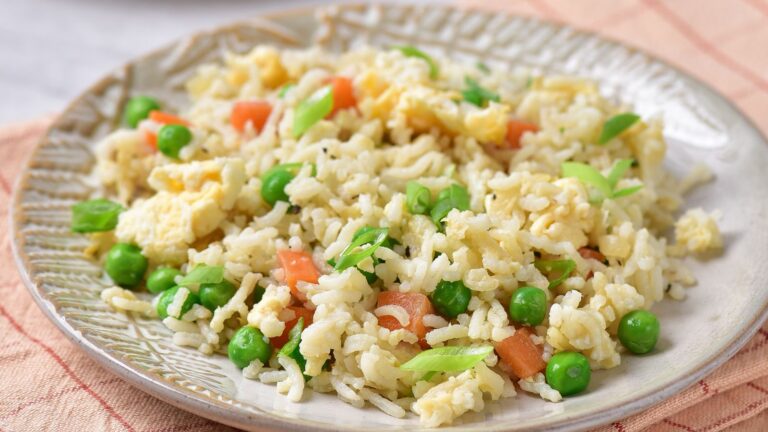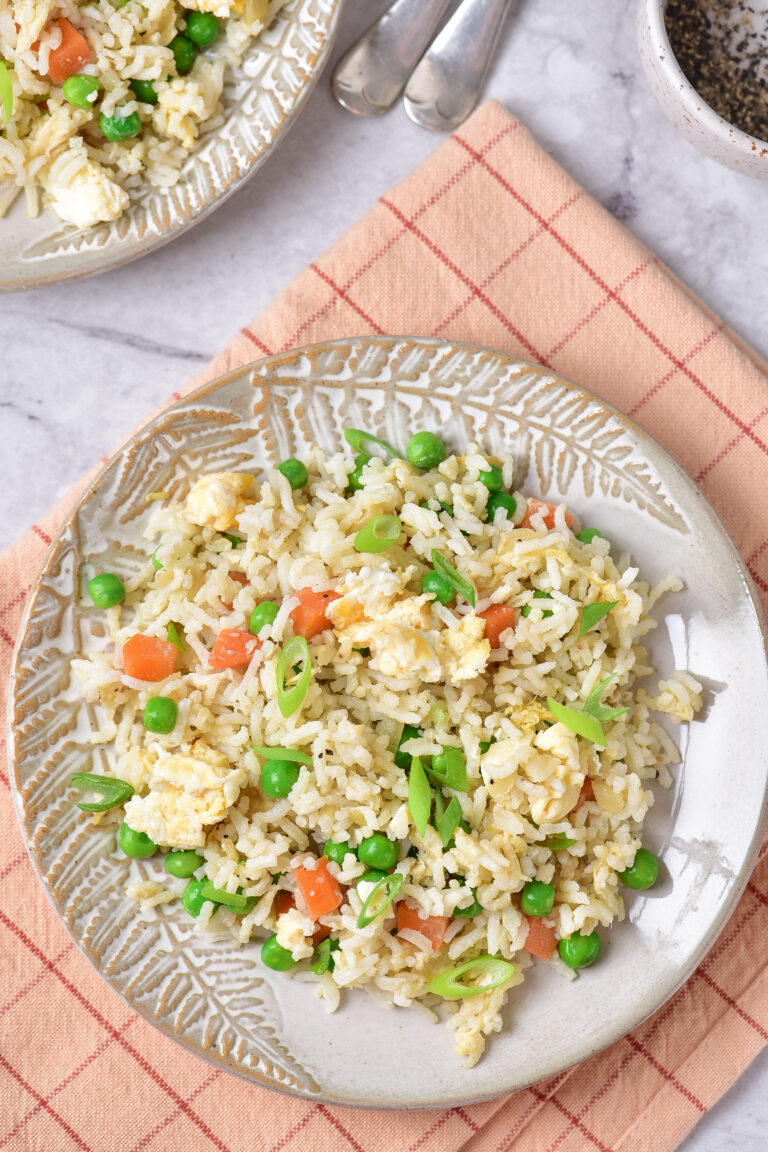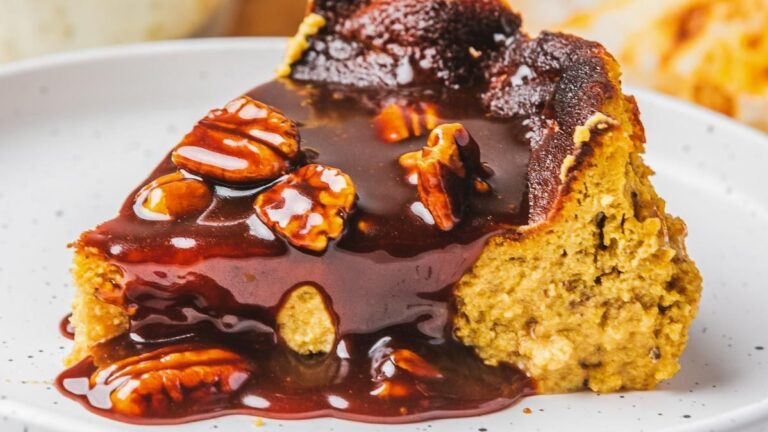This post may contain affiliate links.
The weather is just right – and you’ve been diligently checking your buckets since you tapped them. One day, your small sugar stand rings with the plink-plank-plunk of sap dripping from your maple trees into your buckets. The sap is running! Your buckets are filling up!
You know it’s time to collect and store your sap in preparation for your first boil, but you want to make sure you’re doing it right. Never fear, tips and tricks for the DIY maple syrup maker lie ahead! Here are some things we’ve learned in our years of making our own maple syrup and talking to LOTS of other people who do too.
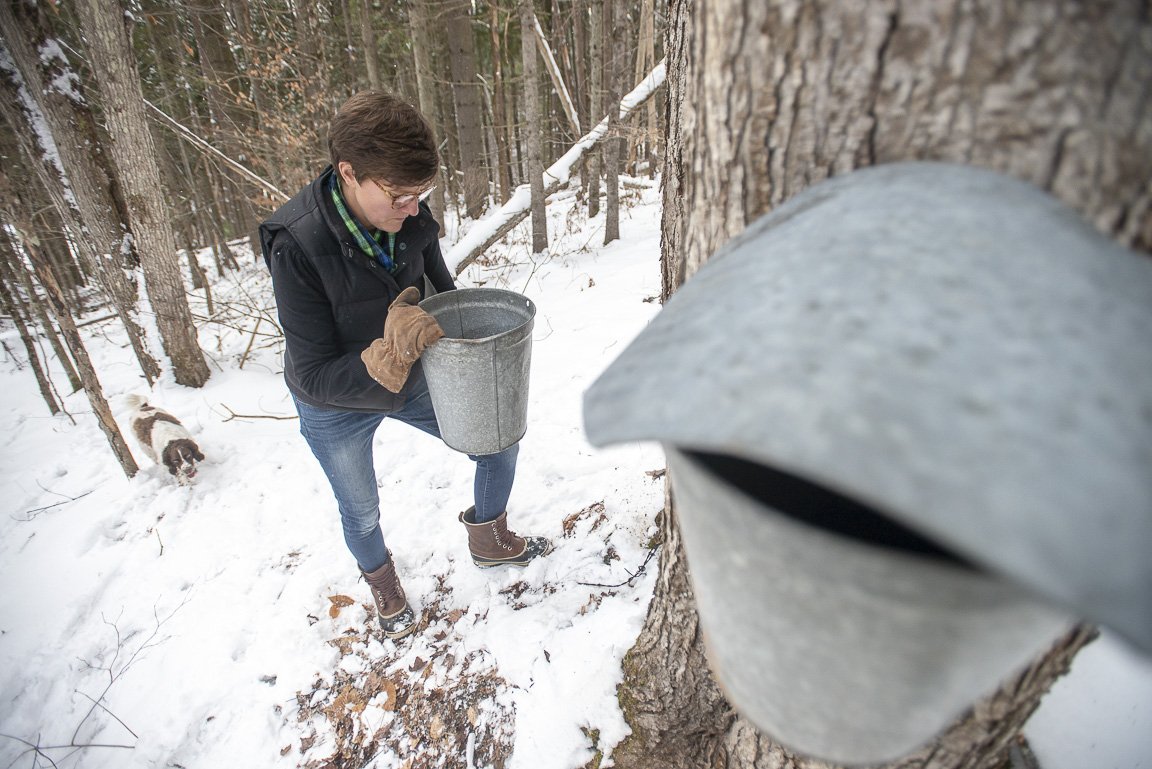
How Long can Sap Be Stored?
Sap can be stored for up to a week before it is boiled. Do not be put off by sugar makers who insist that sap MUST be boiled off immediately upon coming out of the tree.
In big, commercial operations, the practice of boiling sap immediately from the tree may be perfectly true and appropriate in that context. It’s also a truism of the wise-old-saying variety here in New England.
However, having had thousands of conversations with DIY maple syrup makers, we can say with great confidence that this is NOT common practice among us backyard, homestead, hobby farm, smallest of small-scale people. Instead, we collect sap and store it until we are ready to boil it down.
For most of us, this means the weekend. We feel totally comfortable collecting sap from Monday – Friday and storing it to boil on Saturday and Sunday.
Where do you Store Sap?
All you need are food-safe storage containers and a naturally occurring refrigerator! What’s a “naturally occurring refrigerator,” you ask? In our climate, here in central Vermont, snowbanks on the north side of a building are a great naturally-cool setting for sap storage containers.
In the southern part of sugar country where snow cover is not guaranteed, people use shallow streams to refrigerate their sap. Cold spaces in garages and barns can work well in any climate; think root-cellar.
Our experience has been that sap can be saved for a week to ten days by such methods with absolutely no adverse effects at all!
Having said that, daily collection is still a good idea. In order to keep your sap cool and fresh, however, you really should collect sap every day and get it into refrigerated storage.
This will ensure that it’s not sitting at elevated temperatures (for example, in a metal bucket in the sun) for extended periods of time. So, pick a time that works for you, and make it a part of your daily schedule to check and empty your buckets.
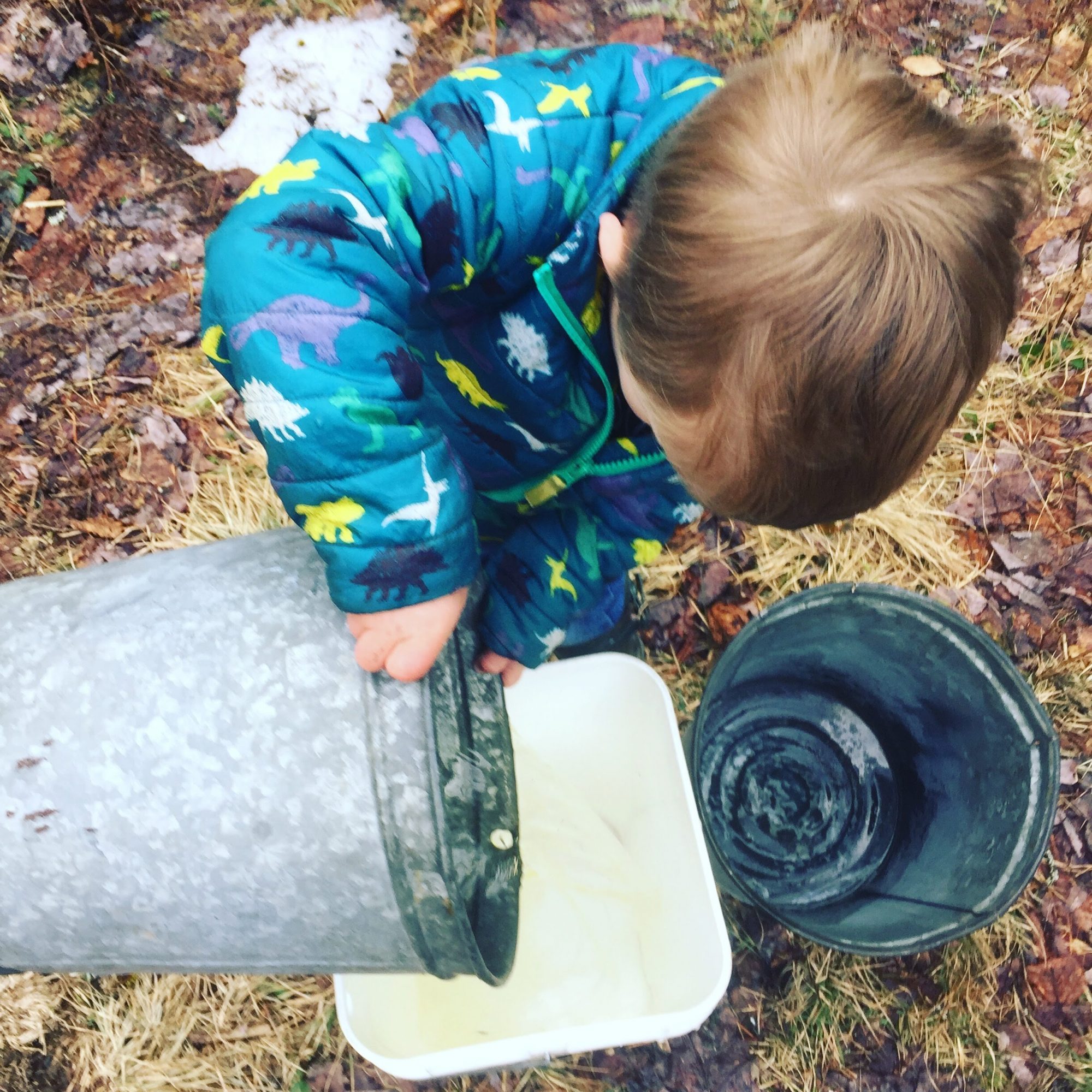
What Type of Container works to Store Sap?
There are several storage-container options available; the important thing is to choose something that has been manufactured for food storage. For a somewhat larger operation, food-safe, polyethylene drums are widely available.
There are also food-safe liquid totes on the market; these are often put in use for sap storage. These are large capacity; purchasing a liquid tote is likely to feel like overkill at the outset, but also give you room to grow if you plan to expand your operation.
Online forums like Craigslist and Maple Trader are great places to check for these kinds of sap storage containers. Do not store your sap in garbage cans or other large containers not manufactured to safely store food.
There are plenty of options for very small operations as well. Is your operation smaller than 25 taps? Food-safe storage containers come in as small as 2 or 5 gallon sizes. They are widely available online. Or, a local restaurant or other food vendor may be willing to give or sell you containers that would otherwise be thrown away or recycled. Do not use run-of-the-mill hardware store pails that were not made for food storage.
If you have 2 gallons of storage per tap, that should be plenty. For our 50-tap hobby, two 55 gallon polyethylene drums are more than sufficient. For a smaller hobby, several 2 or 5 gallon containers will be just what you need.
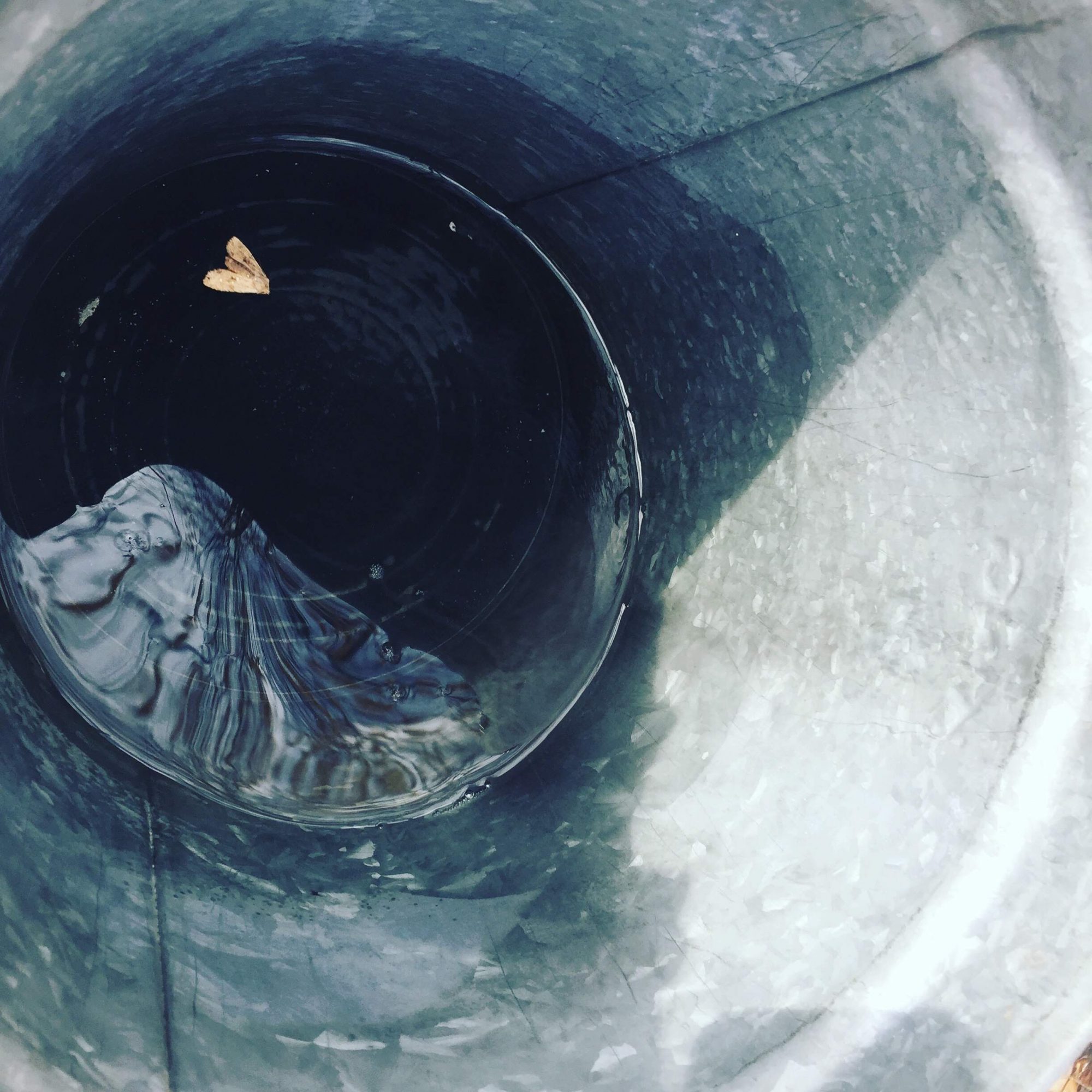
Collection Tips: Ice, Bugs, and Mixing Trees
Ice in your bucket? Feel free to chuck it! If you are a morning collector, you may find some ice in your buckets. You can throw it away with confidence.
Do not fear, this ice has little to no sugar content, so you will give yourself a head-start by ridding yourself of it, tree-side. In fact, Native Americans – the original backyard maple sugar makers – used this method to speed up the process. So it must be legit!
Use cheesecloth or the equivalent to filter your sap at the point of collection. You may also find twigs and bugs in your sap. Don’t be grossed out! You are going to boil this sap for a very long time. It, and you, will lose the memory of those bugs by the time you make it to syrup!
Do not hesitate to mix saps from different maple trees. This is, in fact, how it is done! Many of us DIY maple syrup makers tap red maples instead of or in addition to sugar maples because they are easily accessible or all we have.
And any maple can be tapped to make syrup. Since it all tastes the same, there’s no reason to separate saps. (In fact, some of our customers mix maple and black walnut sap and make a hybrid syrup! There are so many syruping traditions out there!)
Don’t forget to give your Sap a Try!
Take a little sap off the top for a hot or cool beverage. Sugaring season wouldn’t be quite the same without indulging in a little “sap-on-ice,” or “maple tea.” Purists drink it raw, of course, but home pasteurization is only a fifteen-minute boil away. Or use sap instead of water to make your oatmeal or coffee! Just the thing after an early morning sap run.
Happy Collecting! Follow along in our maple syrup series with the next article: How to Boil Sap to Make Maple Syrup!
This article is part of a series on Backyard Sugaring in partnership with the Vermont Evaporator Company. Check out the first article – How to Tap a Maple Tree for Syrup – and then use this one to get you to the next step in Sugaring – collecting all of that great sap and storing it in preparation for boiling.
Carrie Williams Howe is an educational leader by day and an aspiring homesteader by night and weekend. She lives on a small homestead in Vermont with her husband, two children, and a rambunctious border collie. She blogs about her family's homestead life at The Happy Hive.

